Title: Colour and Light – A Guide for the Realist Painter
Author: James Gurney
Publisher: Andrew McMeel Publishing
Year: 2010
Pages: 224
Available at: Amazon
About the artist
James Gurney is the author and illustrator of the New York Times best-selling Dinotopia books, which have been translated into 18 languages in 32 countries. His most recent book, Imaginative Realism, was the #1 best-selling book on Amazon.com in both the categories of Painting and Art Instruction. Imaginative Realism and Colour and Light are based on his award-winning blog, gurneyjourney.blogspot.com, which attracts over 3000 readers each day.
Book Description
Unlike many other art books that only give recipes for mixing colours or describe step-by-step painting techniques, Colour and Light answers the questions that realist painters continually ask, such as: “What happens with sky colours at sunset?”, “How do colours change with distance?”, and “What makes a form look three-dimensional?”. Author James Gurney draws on his experience as a Plein-air painter and science illustrator to share a wealth of information about the realist painter’s most fundamental tools: colour and light. He bridges the gap between abstract theory and practical knowledge for traditional and digital artists of all levels of experience.
Content
Here I will give a brief summary of what you can expect in each chapter:
Chapter 1: Tradition
Talks about how colour and light were used in the past by various masters and how its use has been changing throughout time and artist movements.
Chapter 2: Sources of light
Introduces us to various types of sources of light, when each of them occur and their unique characteristics.
Chapter 3: Light and form
Introduces us to the form principle, the basic terminologies of light and shadows. Also talks about various types of shadows and lighting.
Chapter 4: Elements of colour
Introduces us to the basic terminologies of colour. Talks about the history of colour wheels and show us different types of colour wheels used in the past and present.
Chapter 5: Paint and pigments
Talks about the various characteristic of paint and pigments.
Chapter 6: Colour relationships
Talks about different colour schemes and how the colours interact with each other.
Chapter 7: Premixing
Talks about gamut mapping which is a technique of mixing colours and planning out your painting’s colour scheme before you begin painting.
Chapter 8: Visual perception
Talks about how our eyes can play tricks on us and how and why certain techniques create certain visual effects.
Chapter 9: Surfaces and effects
Talks about how light reacts on different types of surfaces.
Chapter 10: Atmospheric effects
Talks about how colour and light changes depending on different atmospheres.
Chapter 11: Light’s changing show
Talks about serial paintings and a quick summary of all the topics throughout the book.
Chapter 12: Resources
A glossary with technical words and what they mean. List of information of different colour pigments. Recommended readings.
My review
I enjoyed reading this book and has learnt a lot of new things about how light and colour work. I think what set this book apart from other art books on colour and light that I’ve read before is that it includes scientific explanations to further help us understand why we see colour and light the way we see it. There are also lots of illustrations painted by the author as examples to help us understand the concepts better. The most interesting thing I learnt from this book is that moonlight is actually reddish! But because our colour receptors don’t work well in low light and they are more sensitive to blue, that’s why we see the moonlight as blue. As I’ve studied science before, these scientific explanations really helped me understand the things taught in the book better compared to just remember them as facts without understanding why. There’s a lot of information covered in this book and reading it once is definitely not enough for me to remember everything. I will be revisiting parts of this book when I need a quick refresher while I’m painting. Now that I’ve read the book, I’m excited to put what I’ve learnt into paintings.
I’d recommend this book to artists of any level and expertise. Understanding colour and light is one of the important fundamentals of art that an artist needs to learn and master. If you are a beginner, this book will be a good introduction to various technical terms and properties of colour and light. It’ll also be a good book to look back at again once you’ve gained more experience as you may find yourself noticing things you might have missed or not understand when reading the first time. For already experienced artists, it’s a good book to read and brush up your understanding on colour and light, you may also learn something new too, especially if you’re are unfamiliar to the science behind colour and light.
Interested? Get the book here!
is another book by James Gurney published before this book. I will be getting the book in the future and making a book review on it once I’ve read it. This book will be about how to paint things that don’t exist from imagination and make it look realistic.
I hope you’ve enjoyed reading this post. If you purchase the book using the links from this post, I will get a small commission fee which helps me continue reviews art materials and books.
Some of my other art book reviews:
- The Anatomy of Style – Patrick J. Jones
- Figures from Life – Patrick J. Jones
- Experimental Drawing – Robert Kaupelis
Below are some photos of the book
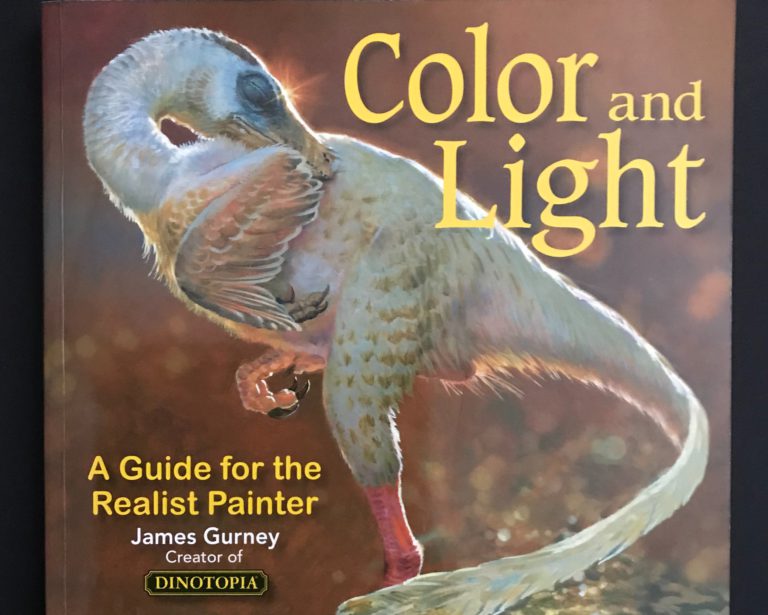


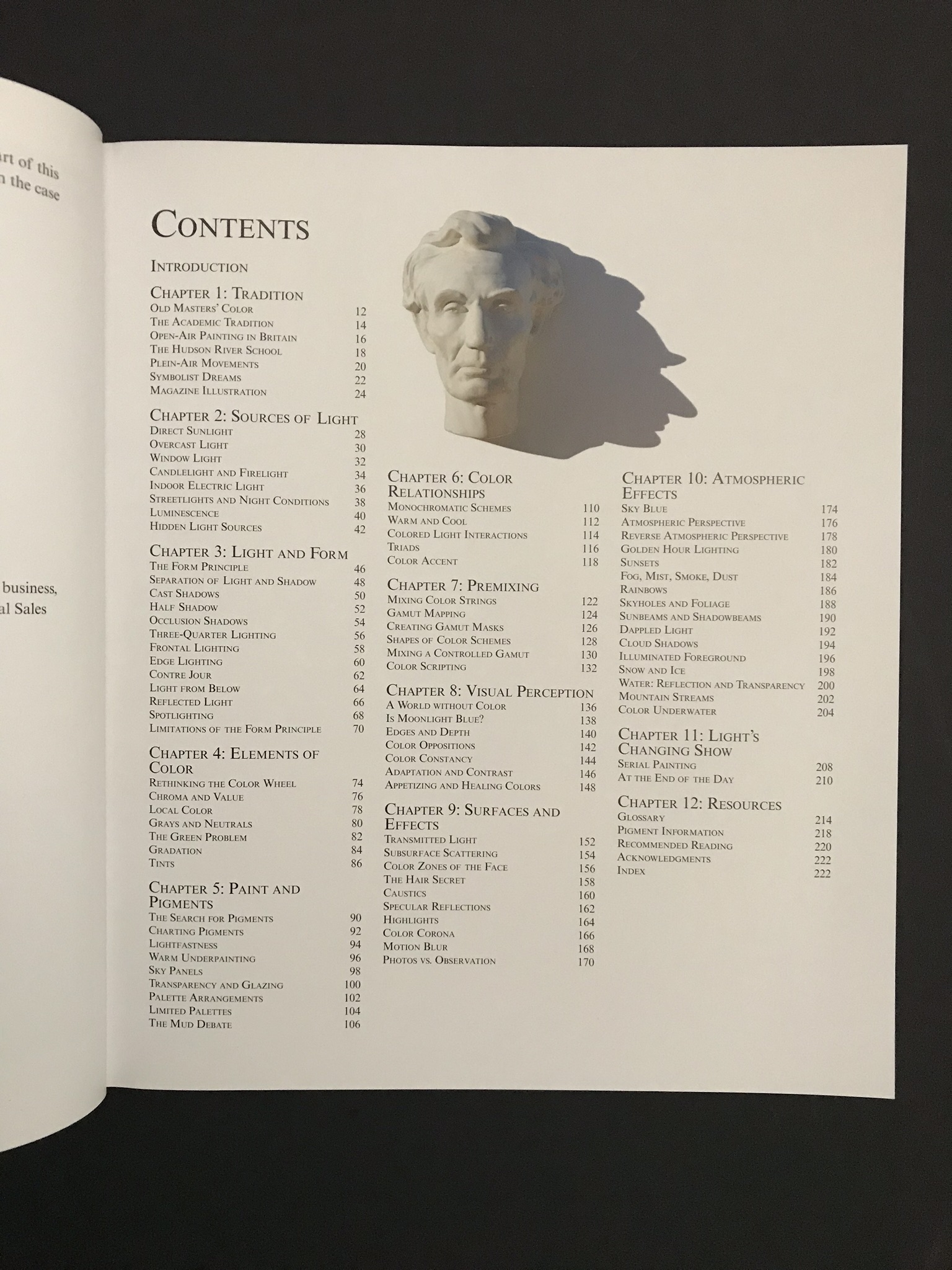
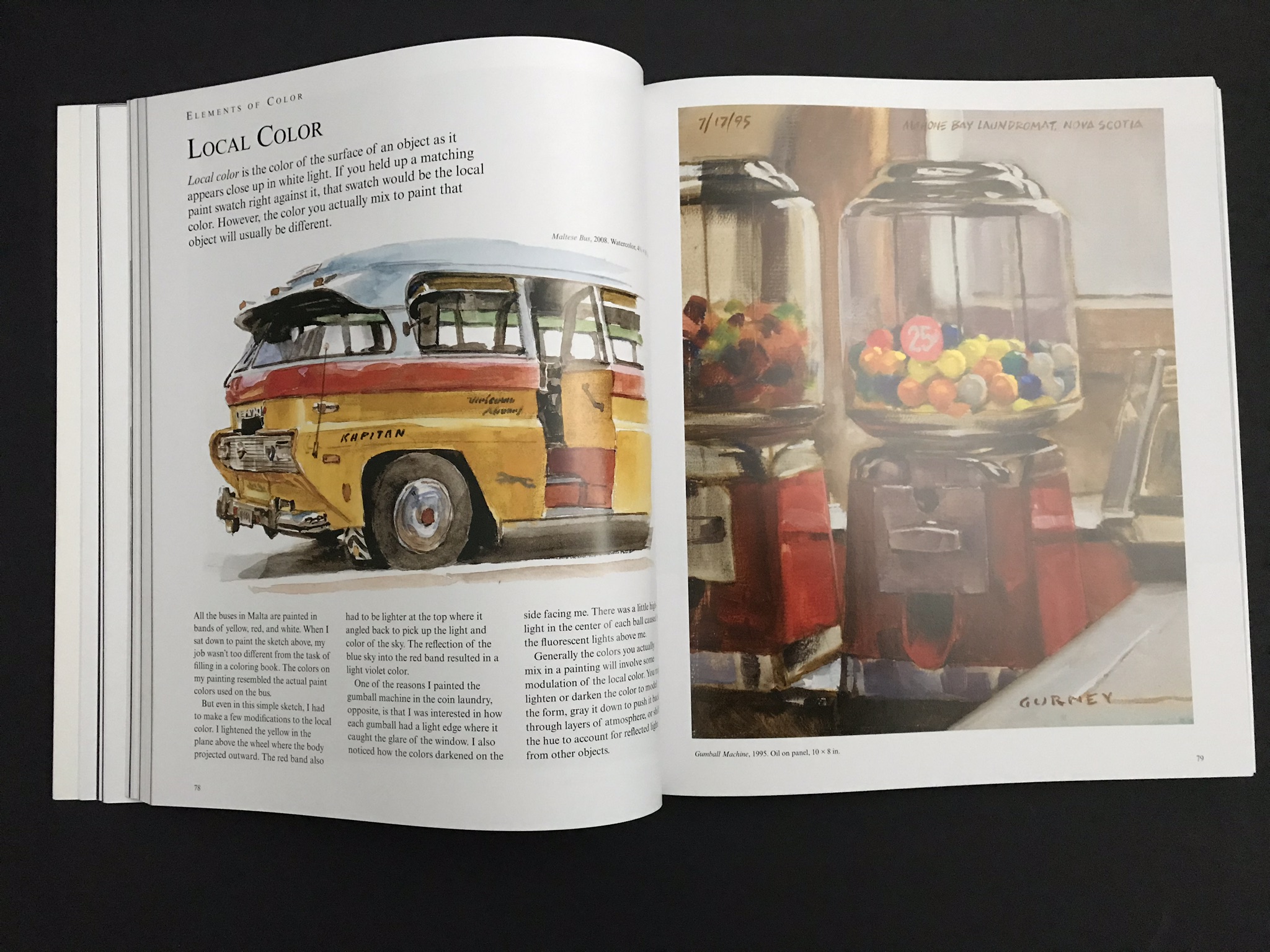
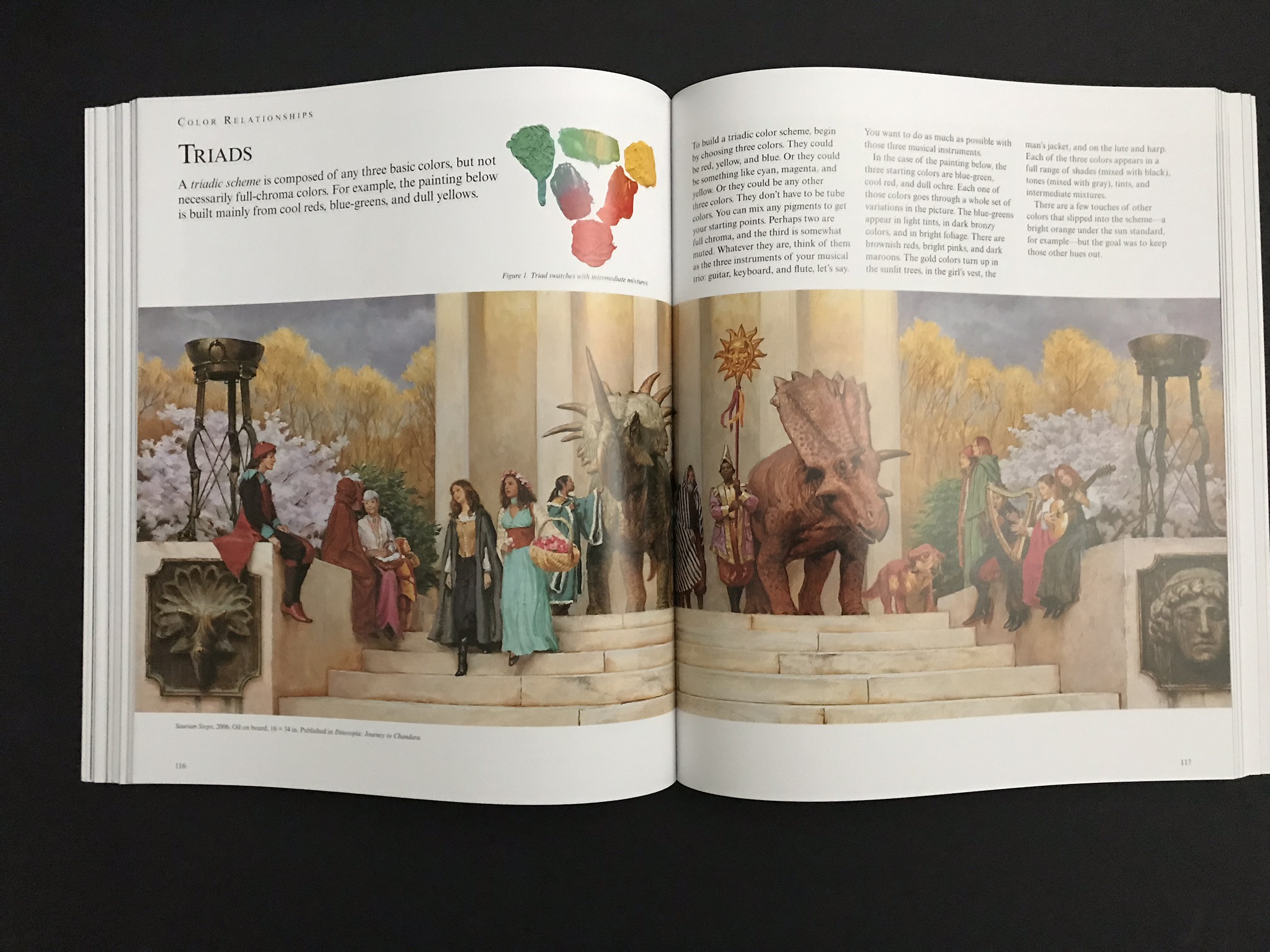


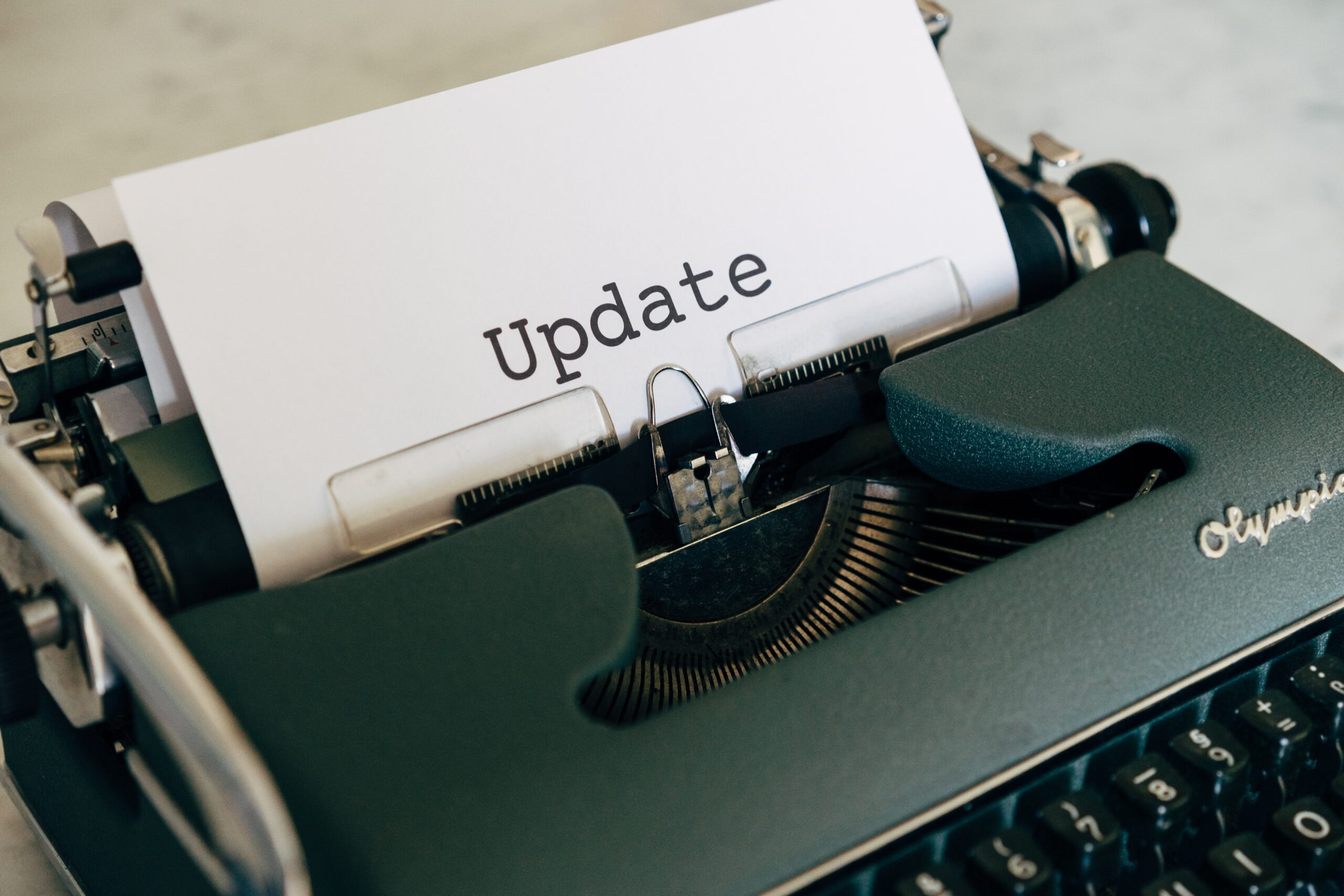


6 Responses
Thank Goodness you said this book is for any painter for any level. NY sister has a keen interest in painting, she has the talent and I want to help her make good use of it by getting her good resources. This book colour and light by David is going to be a good addition to other books I’ve gotten her, thank you so much for reviewing and I hope you do some more. Thanks again
Thanks! Hope your sister will enjoy the book 🙂
Looks like a really interesting read, as I as a amateur artist do struggle with colour contrasts in mother nature from time to time.
I was also impressed to see the book mention our colour receptors and how they work (or how they don’t work in this case) with various forms of light. Do you feel that this book would be easy for a newcomer to follow, or are the subjects too advanced?
Thankyou for the comment. I think this book will give newcomers a good overview of the colour and light. Some parts of it may be more scientific or technical but overall it’s reasonably easy to understand. I wished I had read this book earlier.
Hi, Mary.
Thanks for your excellent book review on Colour and Light by James Gurney.
It will be a great experience to understand scientifically that why we see the color the way we look at it. My middle daughter is perusing her graduation in multimedia and animation and hopefully, this book will be a perfect birthday gift to her.
Warm Regards,
Gaurav Gaur
Thankyou! I hope your daughter will learn new things from this book.